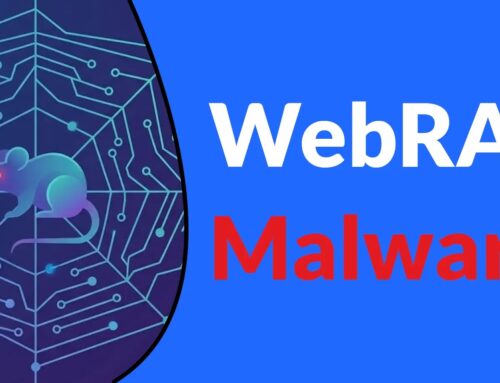
CISA Adds Four Critical Vulnerabilities to KEV Catalog Due to Active Exploitation
# Understanding the Recent CISA Update: Addressing Critical Vulnerabilities in Software
## Table of Contents
1. Introduction
2. What is CISA?
3. The Four Newly Identified Vulnerabilities
– CVE-2021-22986: F5 BIG-IP
– CVE-2021-24085: Fortinet FortiOS
– CVE-2021-21985: VMware vSphere
– CVE-2021-26855: Microsoft Exchange
4. Implications of These Vulnerabilities
5. Best Practices for Mitigation
6. Conclusion
7. Key Takeaways
—
## Introduction
In the ever-evolving landscape of cybersecurity, keeping software up-to-date is critical. Recently, the Cybersecurity and Infrastructure Security Agency (CISA) announced the identification of four critical vulnerabilities in various systems that demand immediate attention. This blog will delve into what CISA is, the specific vulnerabilities highlighted, their potential implications, and best practices for mitigation.
## What is CISA?
The Cybersecurity and Infrastructure Security Agency (CISA) is the United States federal agency responsible for enhancing the nation’s cybersecurity, promoting security awareness, and providing guidance to organizations about protecting critical infrastructure. CISA plays an essential role in identifying and addressing significant security threats to safeguard America from cyber-attacks.
## The Four Newly Identified Vulnerabilities
CISA has added four critical vulnerabilities to its catalog, which reflect the urgent need for organizations to mitigate risks to their systems. Let’s take a closer look at each one:
### CVE-2021-22986: F5 BIG-IP
**Overview**: This vulnerability in F5’s BIG-IP software could allow attackers to bypass authentication and execute arbitrary code.
**Impact**: If exploited, this could lead to unauthorized access and control over affected systems.
### CVE-2021-24085: Fortinet FortiOS
**Overview**: The vulnerability in Fortinet’s FortiOS could allow unauthenticated attackers to execute arbitrary commands.
**Impact**: This could compromise sensitive data and lead to complete system takeover if not patched immediately.
### CVE-2021-21985: VMware vSphere
**Overview**: This vulnerability affects VMware vSphere and could allow attackers to execute code with elevated privileges.
**Impact**: Exploitation could compromise the entire environment, leading to severe operational disruptions.
### CVE-2021-26855: Microsoft Exchange
**Overview**: Another critical vulnerability in Microsoft Exchange that allows attackers to execute remote code and access sensitive information.
**Impact**: This threat is particularly dangerous for organizations relying on Microsoft Exchange for their email and communications.
## Implications of These Vulnerabilities
The successful exploitation of any of these vulnerabilities could lead to severe consequences, including unauthorized access, data breaches, and operational disruptions. Organizations using the affected systems must prioritize addressing these vulnerabilities to protect against potential attacks.
## Best Practices for Mitigation
To mitigate the risks associated with these vulnerabilities, organizations should consider the following best practices:
1. **Immediate Patch Deployment**: Ensure that all affected software versions are immediately updated with official security patches.
2. **Regular Audits**: Conduct frequent security audits and vulnerability assessments to identify and address potential weaknesses in infrastructure.
3. **User Training**: Educate employees on recognizing phishing attempts and other cybersecurity threats to enhance the overall security posture.
4. **Multi-Factor Authentication (MFA)**: Implement MFA on critical systems to add an additional layer of security against unauthorized access.
5. **Incident Response Plan**: Develop and maintain an incident response plan to swiftly address any potential security breaches.
## Conclusion
The recent alert from CISA regarding four critical vulnerabilities underscores the importance of proactive cybersecurity measures. Organizations must stay vigilant, prioritize timely patch management, and cultivate a culture of security awareness to defend against growing cyber threats.
## Key Takeaways
– CISA has identified four critical cybersecurity vulnerabilities that need immediate attention.
– Understanding the implications of these vulnerabilities is vital for organizations to safeguard their systems.
– Implementing robust security practices can significantly reduce the risks associated with these vulnerabilities.
By remaining informed and proactive, organizations can ensure resilience against an ever-changing cyber threat landscape. Stay safe and secure!





